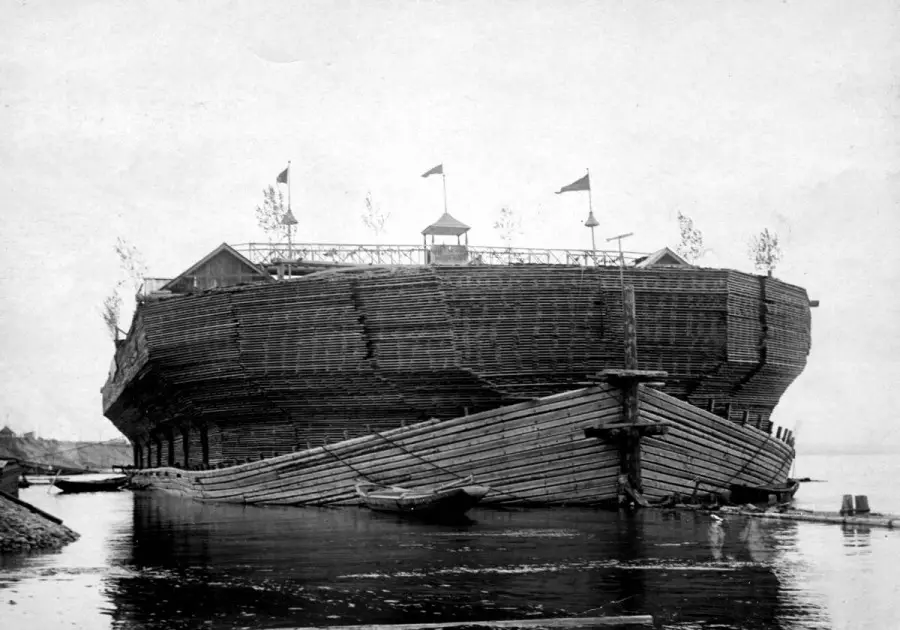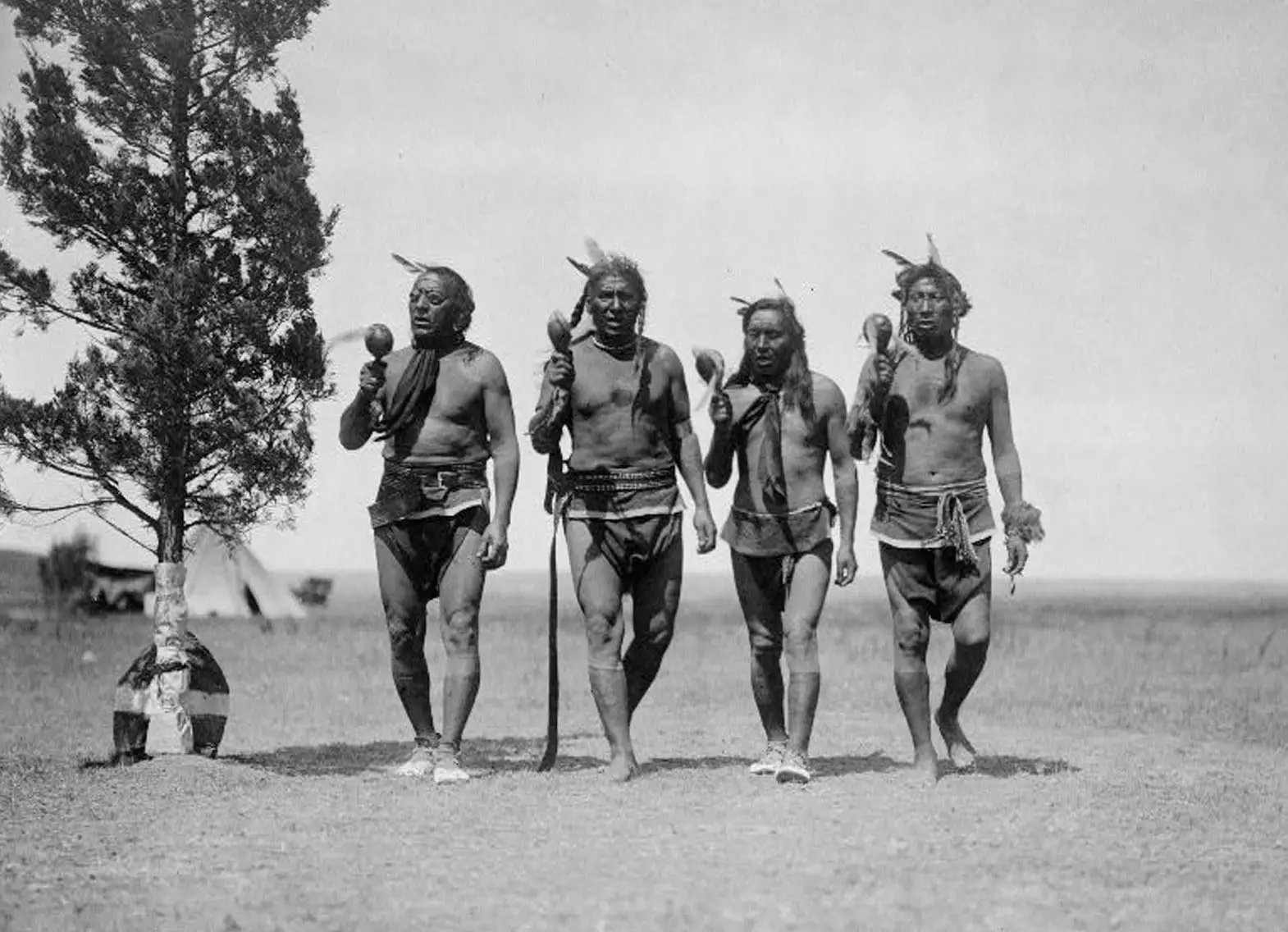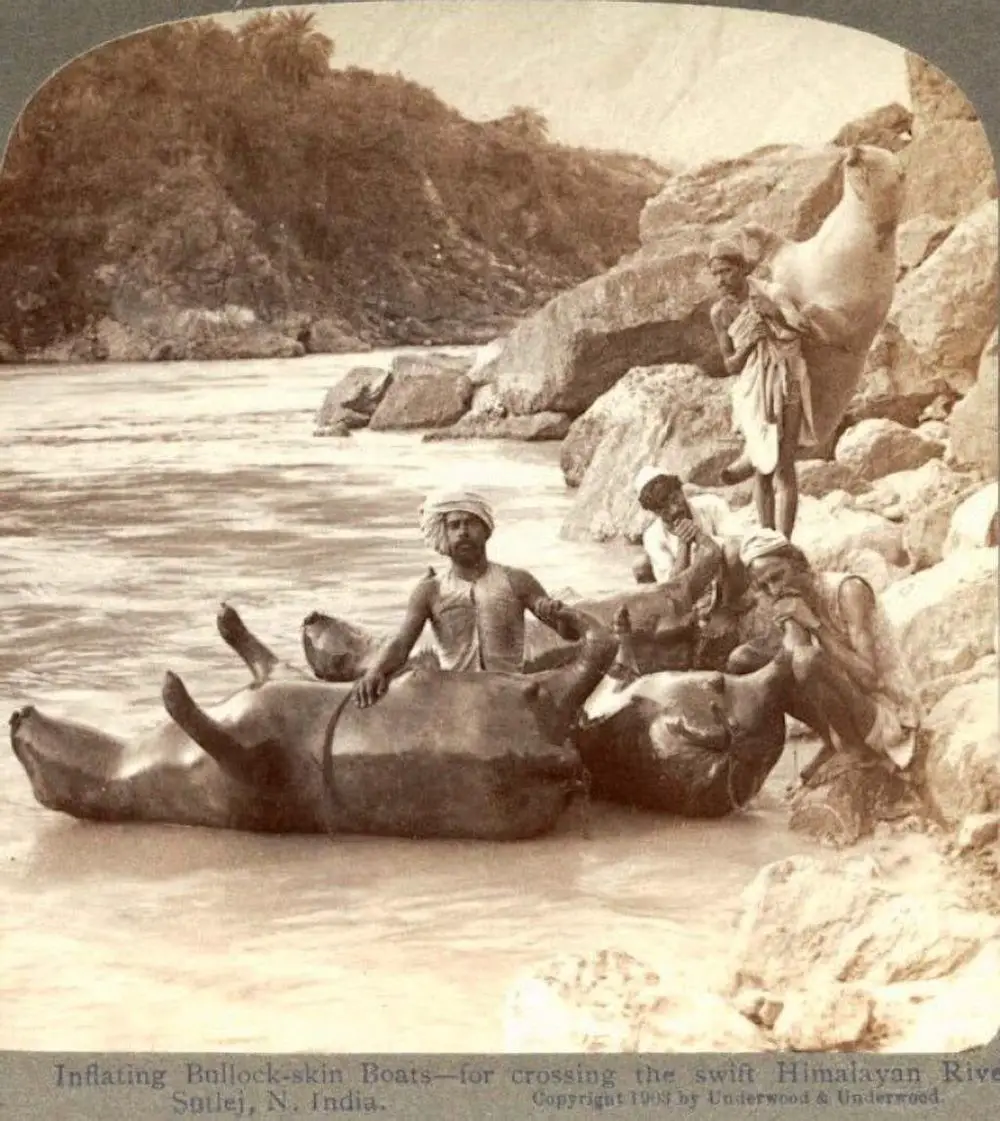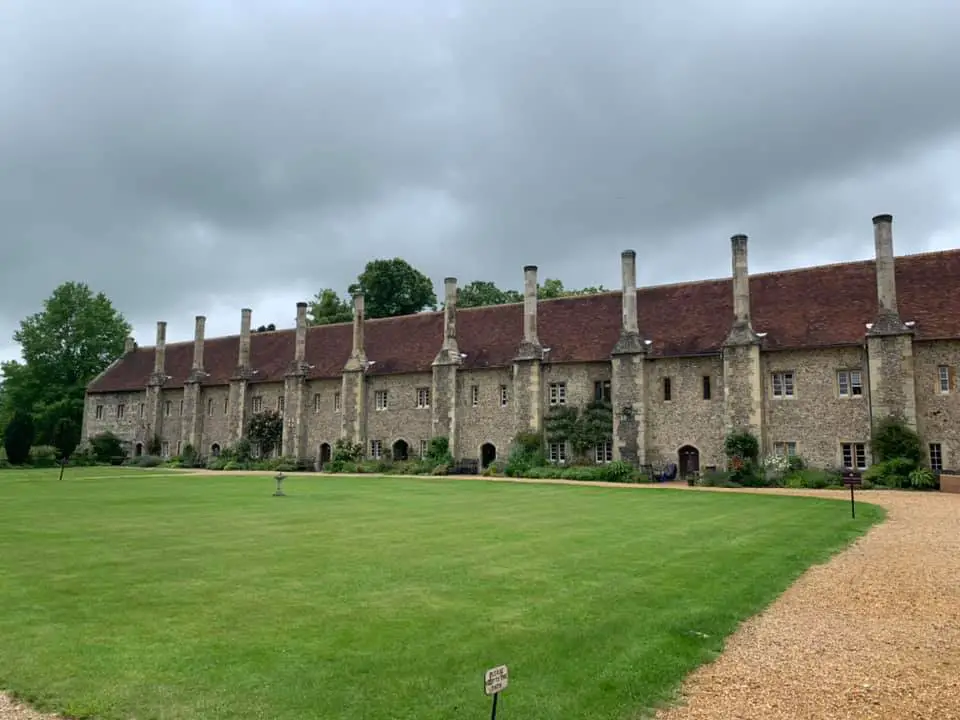The Warsaw Jewish Cemetery is one of the largest Jewish cemeteries in the world. It contains over ¼ of a million matzevot (gravestones) as well as mass graves of victims of the Warsaw Ghetto.
Even though the headstones and tombs survive, sadly the burial records do not as the Nazis destroyed them all during the occupation.
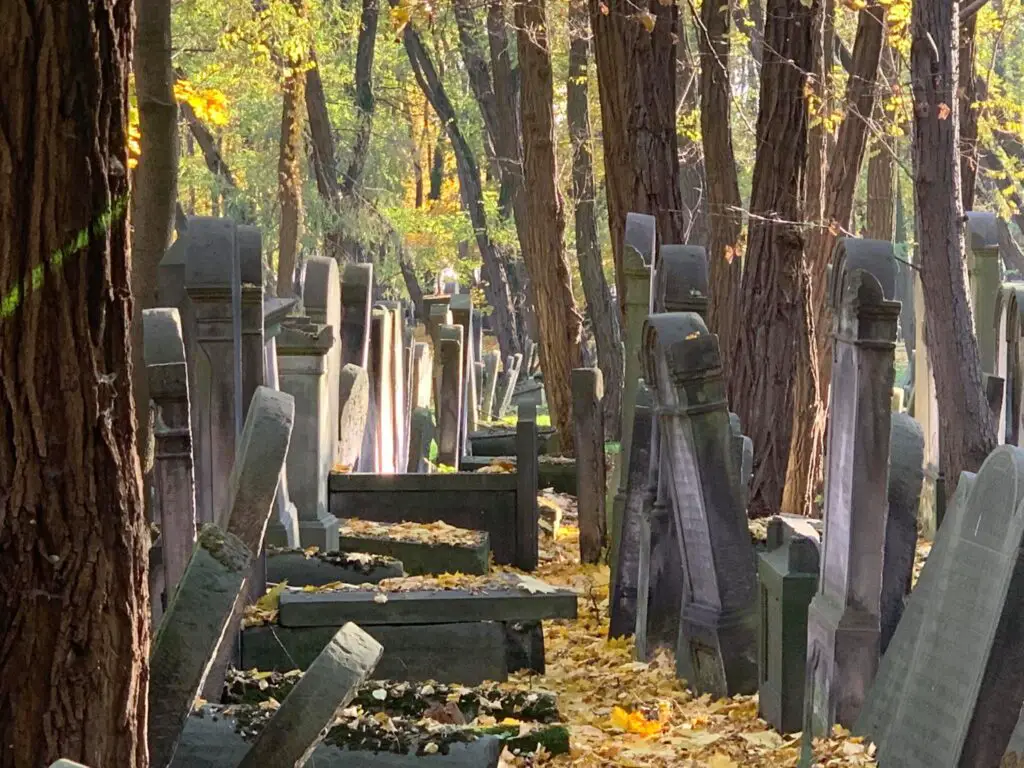
Contents
Jewish people have lived in east-central Poland, since the middle ages. At the start of the 1800s the community in the province of Mazovia increased dramatically in size and made up a large portion of the city of Warsaw’s population.
During the early 19th century, the local Jewish cemetery in Poland was becoming crowded, and a new one was desperately needed to accommodate the raising death rate that accompanies a raising and ever growing population.
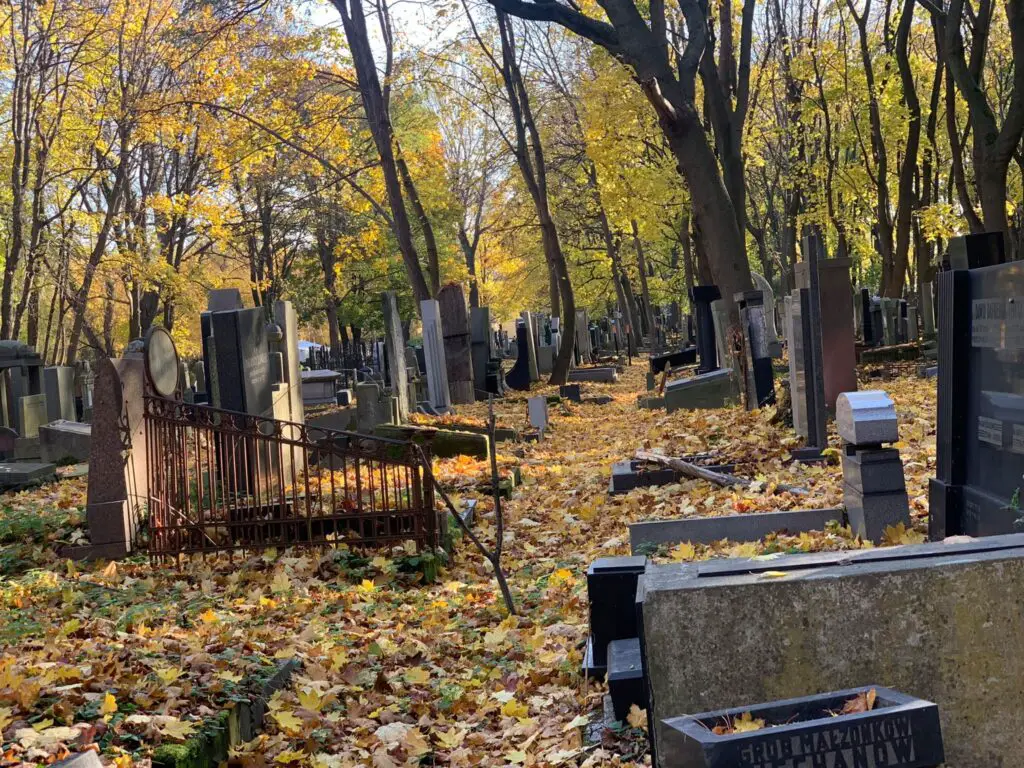
Population
As the city of Warsaw grew the cemetery came to be inside of the city’s boundary and it is now engulfed by the urban sprawl of the city and its districts.
Permission was granted by the local government for the construction of a new Jewish burial place just outside the city, and the Okopowa Street cemetery soon came into being.
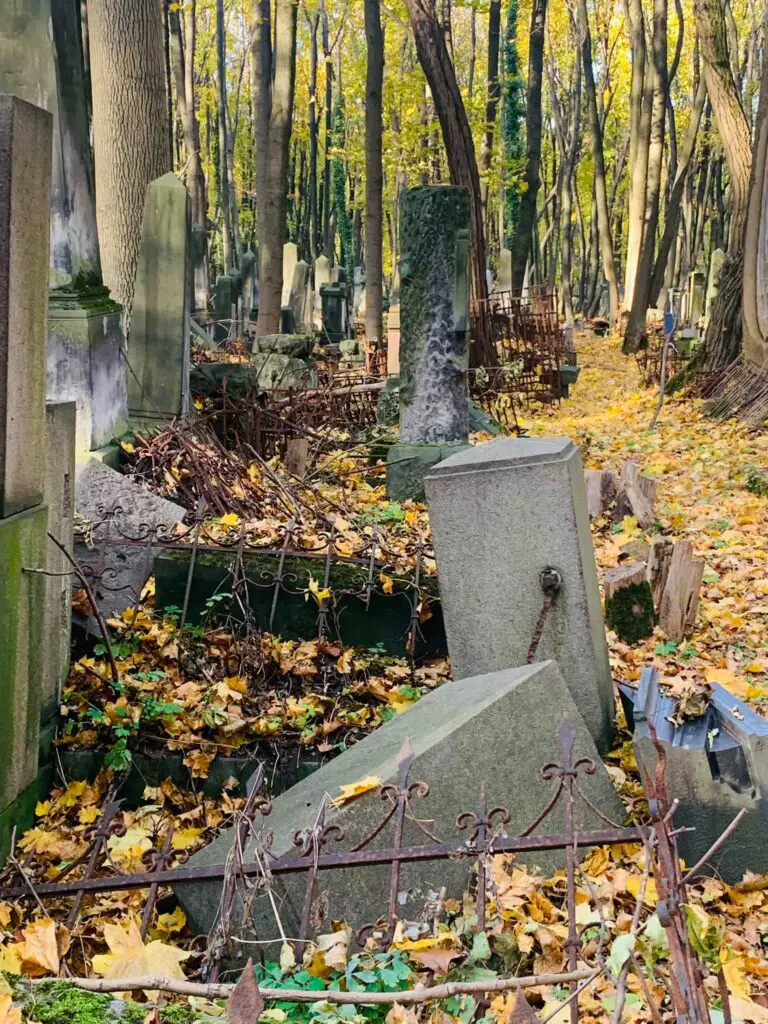
The cemetery is filled with elaborate, beautiful headstones and monuments. It was initially used solely to bury the Jewish elite, but by 1848 the necropolis needed to be expanded for the second time, and soon Jewish people of every economic strata were being buried there.
It underwent several further expansions, the final one in 1877 that brought it to its current 33 hectare size.
Late 1800s
In the late 19th century, there were arguments among different factions in the Jewish religious hierarchy about the kinds of services that should be performed at the cemetery.
As a result, to solve the disputes and disagreements that were brewing in the community, it was divided into four separate and distinct sections.
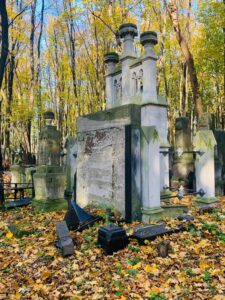
©It’s Historia 
©It’s Historia 
©It’s Historia 
©It’s Historia 
©It’s Historia 
©It’s Historia 
©It’s Historia 
©It’s Historia 
©It’s Historia 
©It’s Historia 
©It’s Historia 
©It’s Historia 
©It’s Historia 
©It’s Historia
One for Orthodox Jews, a second for Reform Jews, a third section for children’s burials, and a fourth for military personnel. This arrangement settled the arguments and satisfied the differing factions.
While the Jewish authorities in charge of the cemetery seem to have quelled their inner issues, it is not surprising that external forces created some achingly painful episodes for this sacred and treasured site.
Such Abandonment
It transpires that this observation wasn’t far from truth as in the beginning it was a place for the elite and for the rich. The rest were buried in separate low-key cemeteries.
As many visitors will tell you, it is the most extraordinary place to walk through – if you can. As summed up by a visitor from the UK:
”I have never seen such a cemetery in such abandonment, frankly it is a mess. Conversely, I have never seen such a wealthy cemetery, the headstones are elaborate, even in today’s money they would be a small fortune”.
He went on to say:
”The area is being taken over by secondary woodland which gives it a unique feel, slightly apocalyptic and you will see the trees growing over, around and through the headstone, nature stops for no one.
I was shocked by this, bearing in mind how such cemeteries are attended and cared for. Then it struck me – there were no families to look after them – they were all murdered by the Nazis either in the town or at Treblinka death camp an hour northeast of the city. It was a stark realisation”.
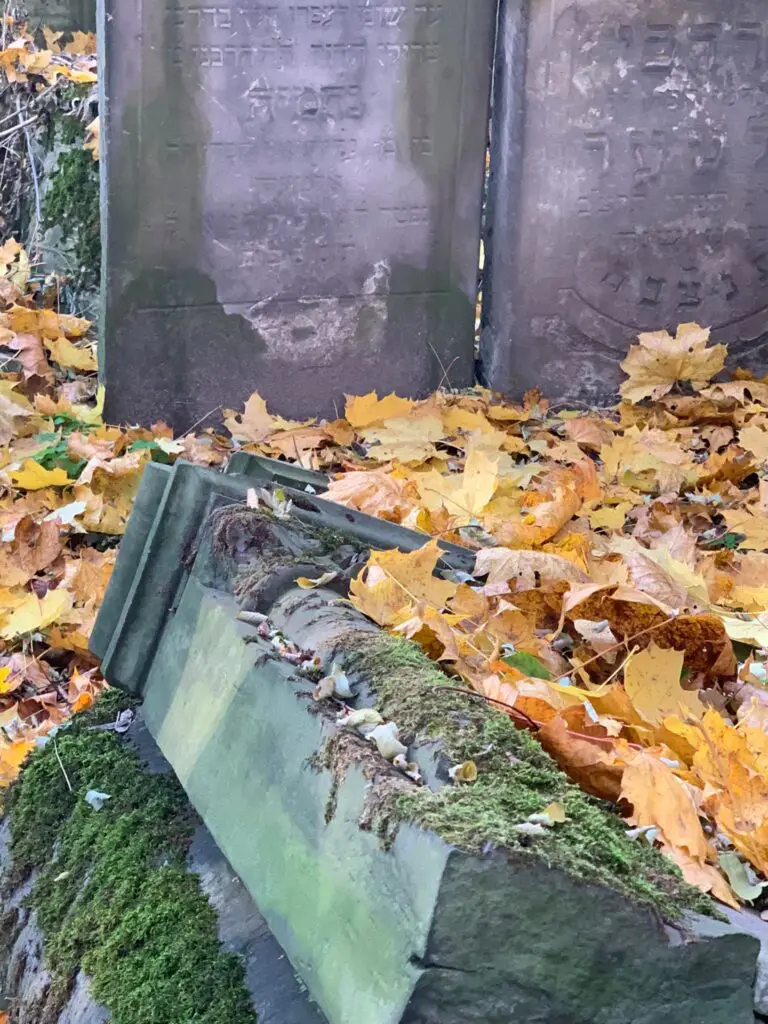
Nazis
The Nazis attacked and occupied the city of Warsaw on September 29 1939, just 28 days after invading the country with German tanks rolling over the boarder on September 1st, 1939 which ignited WW2
Warsaw had a population of 1.3 million 380,567 were Jews. At that time, it was the biggest Jewish community within the whole of Europe.
Under the orders of Reinhard Heydrich, the Nazis subsequently created the Warsaw Ghetto, they cared little for the traditions and burial rites of the Jewish people.

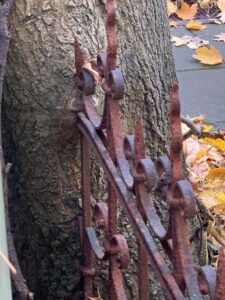
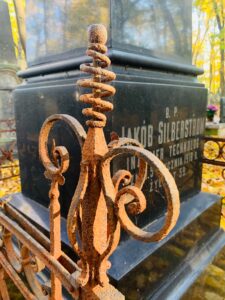

©It’s Historia
Soon, the Okopowa cemetery was being used as a place where mass executions took place, and bodies were thrown into open graves, Jews and non-Jews alike.
In 1944 during the Warsaw Uprising, the frontline passed through it and you will see many headstones with bullet holes and scars from shrapnel.
Soviets
After the Second World War, the cemetery came under the control of the Soviet communist forces. They made it known that they intended to construct a road that bisected the cemetery, but fortunately that plan never materialized.
Finally, during the 1990s, Okopowa underwent a major restoration, funded in part by a private family’s foundation, and also with help from the government.
Thanks to those renovations, the first to be done since the Germans invaded Poland, it is now open for funeral services. Several dozen families choose Okopowa each year as the place to lay their dead to rest.

©It’s Historia 
©It’s Historia
Is this cemetery the tourist draw of famous burial sites like Pere Lachaise Cemetery in Paris, home to author and playwright Oscar Wilde, musician Jim Morrison and so many others? Or does it have the ancient history of the Jewish cemetery Mount of Olives, in Jerusalem? Perhaps not.
Fascinating
But Okopowa is a stirring and fascinating place to visit nonetheless. It speaks to the history of the Jews in Poland, both during the periods in which they thrived, and of course during the dark and terrible times of German invasion, occupation and extermination.
The gravestones are a study within themselves, and you can spend your time just recording the symbolism of each one.
Even if you can’t read the Hebrew inscriptions you can still learn a lot from the symbols on each grave. You often see a broken Greek-style column or a tree trunk. It symbolizes the sudden end of a life.
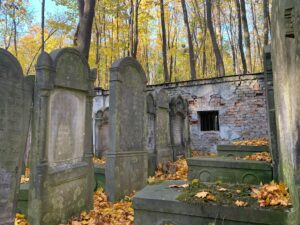
©It’s Historia 
©It’s Historia
In a sense it has unintentionally become a museum and you can get lost in here but you will have the company of collapsing headstones, graves and incredible social history.
Still, it is home to many figures of great significance to Jewish life in Poland, not only those who were victims of vicious mistreatment.
This cemetery’s very existence proves that, while evil regimes like the Nazis rise and fall, a beautiful and serene place to bury the dead is eternal.
Etiquette
According to the Jewish Cemetery Association, the following points must be observed, and should be followed not only at the gravesite, but within the boundaries of the entire cemetery.
Eating and drinking may not take place on the cemetery. This holds true for unveilings as well. The frequent, but unfortunate, frivolity that marks such occasions should certainly be discouraged. It is a violation of every code of honor.
Another Article From Us: Discovered, Roman Stadium Buried for 2000 Years
Dress should be proper to the occasion and the place. One should not dress to impress relatives who attend. When one visits the cemetery or the grave of a deceased, it is certainly not the time for scant or frivolous-looking dress, athletic attire, or work clothes.
If you like this article, then please follow us on Facebook, Instagram
One may not step over or sit on the gravestone that directly covers a grave. One may, however, sit on seats near the graves or on roadside railings and gates.
Flowers that, perchance, have blossomed on the grave itself may not be picked for use at home. Naturally, trimming the grave is permissible and commendable.
Address: 49/51 Okopowa Street, 01-043 Warsaw, [email protected]
